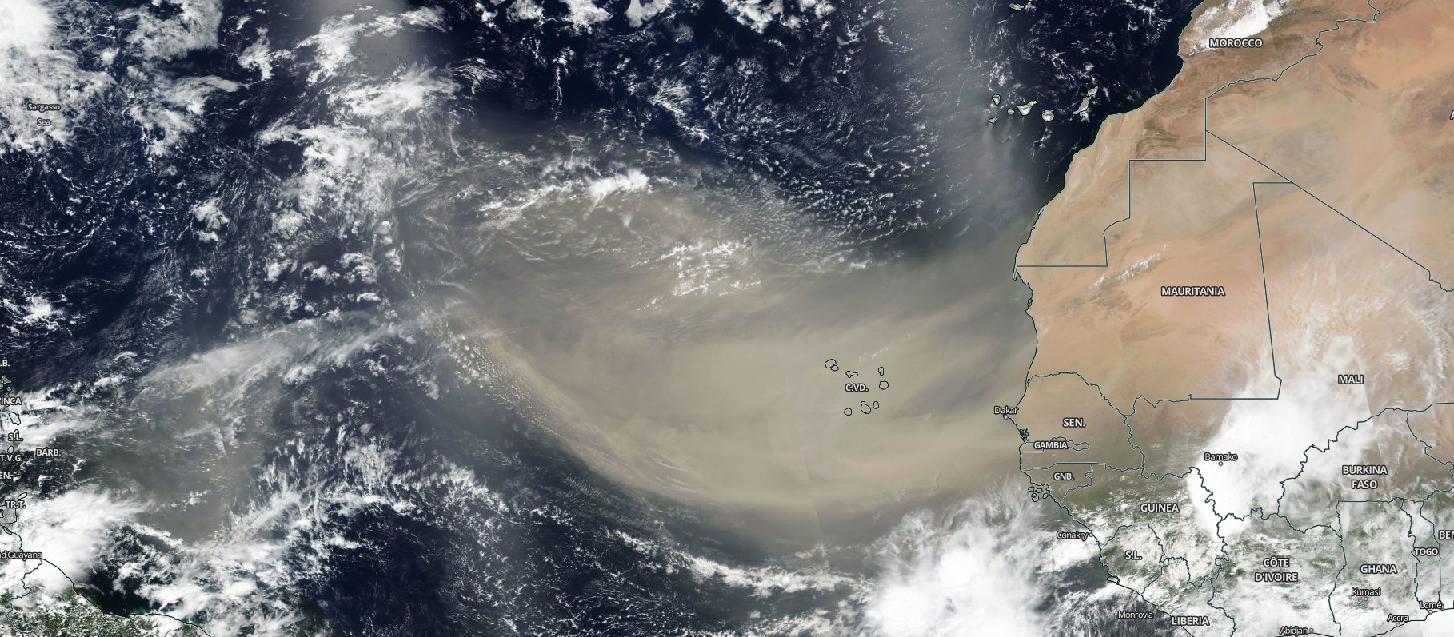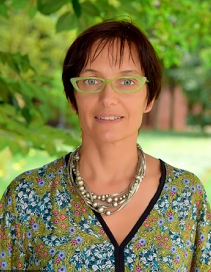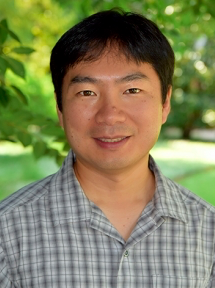A pair of researchers in the School of Earth and Atmospheric Sciences will soon assist the U.S. Department of Energy (DOE) in improving the computer models used to figure out just how much climate change has impacted Earth’s oceans and atmosphere — and what changes may happen in the future.
The research from assistant professor Taka Ito and professor Annalisa Bracco is one of nine projects that will share $7 million in DOE funding. The goal of the studies, according to a recent press release, is “improving DOE’s Energy Exascale Earth System Model (E3SM), the first comprehensive model of the Earth system to take full advantage of the world-leading supercomputing capabilities at DOE's national laboratories.”
The nine studies “will focus on a range of different topics, from improved representation of ecological systems and cloud-aerosol interactions in predictive models, to quantifying uncertainties across a range of processes, scales, time horizons, and regional impacts.”
Bracco and Ito are the two principal investigators of their research study, with colleagues from the DOE’s Los Alamos National Laboratory in New Mexico collaborating on the project.
A quick primer on earth system models
“Ocean physical-biogeochemical interactions in the CMIP6 and E3SM Earth System Models” is the official title for Ito and Bracco’s forthcoming research, and it refers to two climate models among a suite available to climate scientists: the World Climate Research Programme’s Coupled Model Intercomparison Project Phase 6 (CMIP6) and the DOE’s model.
Earth system models (ESMs) are computer and math-based tools that can help explain the global carbon cycle that is integral to the Earth system. The models represent “the atmosphere, ocean, land surface, chemical, and some biological processes in the Earth system,” he says. “This a huge code that kind of encapsulates what we think is going on process-wise. We describe them in the mathematical and computer languages, and then we simulate the computer code and we simulate the systems and how they interact.”
Ito adds that to date, those models haven’t kept up with rapid advances in observational and analytical data concerning the global carbon cycle.
Giving earth system models a makeover
Ito and Bracco explain in an informal abstract for their project that Earth’s three major reservoirs — land, atmosphere, and oceans — exchange carbon for the planet. They note an estimate that the ocean now holds the vast majority — more than 90 percent — of carbon. They also explain that, during the past two centuries, humans tapping into fossil fuels have dramatically altered that cycle, with the ocean now becoming a significant carbon sink.
“The excess anthropogenic carbon that has been accumulating in the ocean is altering its chemistry and the marine ecosystems,” Ito and Bracco share. “At the same time, climate change is modifying the ocean physics, with consequences for the transport of carbon into the ocean. Changing ocean circulation is similarly important for the global oxygen cycling. Approximately half of oxygen production occurs in the ocean, but changes in ocean transport, mixing, and biological production are changing oxygen production and cycling.”
This is where ESMs can be a valuable tool for understanding these changes, but “unfortunately, these models underestimate the amplitude of the changes in ocean carbon uptake and dissolved oxygen content on the timescales of tens of years,” Ito says. “Additionally, they disagree over the sign of predicted changes in dissolved oxygen in the tropical oceans under global warming scenarios.”
In other words, climate change is happening so rapidly, some of the leading climate models aren’t keeping up.
“We think those are major regions of uncertainty, and we want to understand what causes those differences,” Ito says. “For the case of carbon dioxide uptake, what are the key differences between models and observation? Hopefully, that information will help us improve the next generation of ESMs. We want to eventually contribute to the better model performance and projections.”
Bringing big data, machine learning into the mix
The project is an extension of the research that Annalisa Bracco started in 2018 for a separate DOE grant involving climate science. The methodology she developed there relied more on data mining and machine learning to take all climate factors – aerosols, winds, clouds, and other data – into account without overwhelming individuals having to manage and interpret the data. Bracco’s methodology enabled software and computers to do the work that humans had to do before, and further allows for faster input of the latest climate data into the models.
“With this project we hope to identify and contribute to correct some of the major biases that models have in representing the ocean carbon cycle, which is fundamental in the anthropogenic (human-caused) carbon dioxide uptake,” Bracco says. “Working with DOE scientists who develop the model will make our results all the more relevant, because they can be 'turned' into model improvements right away.”
Bracco and a graduate student in her lab group, Fabrizio Falasca,
have continued to build on her 2018 work, “developing more tools to complete a framework to investigate climate variability and change. The possibility to collaborate and learn from scientists in the College of Computing has been invaluable, of course,” Bracco notes.
Bracco and Ito add that any analysis tools that arise from their project will be shared in the public domain.
For More Information Contact
Renay San Miguel
Communications Officer
College of Sciences
404-894-5209






